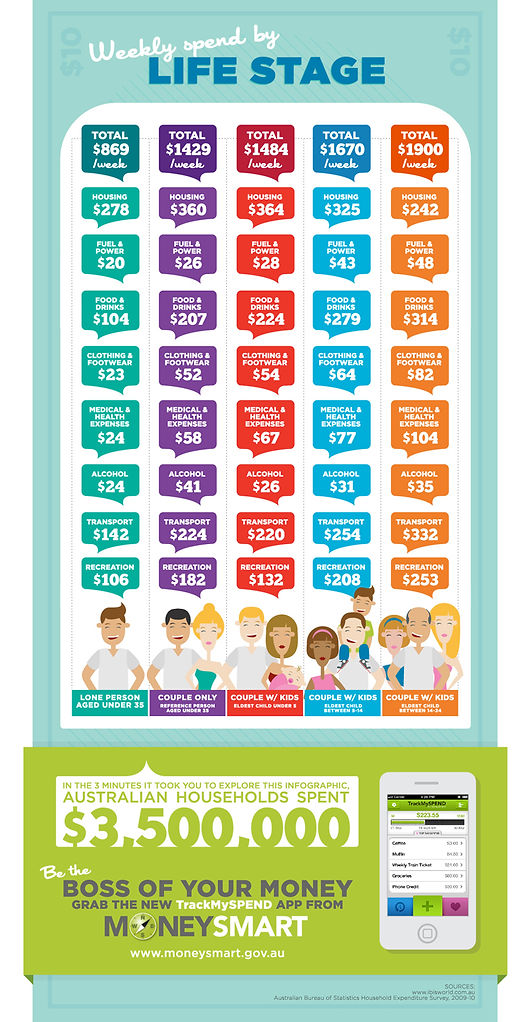
Factors Affecting Food Selection
Preliminary Food Technology




Current Consumption and Expenditure Trends
Assessment Task 1
Print and complete
Economic factors affecting food selection
COST OF FOOD:
Cost of food is particularly important for low-income families, students and the elderly. It is not uncommon for these groups to spend 33% of their income on food. It varies according to:
-
How much is bought at once- storage space- larger quantities cheaper to buy.
-
Seasonal or locally produced.
-
Processing of food- over processed foods can often be cheaper e.g. chicken nuggets, rather than chicken breast.
-
The ripeness of use-by-date can be cheaper if closer to being inedible.
-
Place of purchase- e.g. roadside versus greengrocer.
-
Generic or no-name brands.
THE MARKETPLACE:
The marketplace refers to the place where consumers purchase food.
-
Generally the smaller the selling venue the more expensive the food items are, small shops buy their food from larger shops or wholesalers and increase the price to cover their costs.
-
In order to make a profit the food retailers have to know the brands that people who live in the area want.
-
Many supermarkets have their own deli, meat section, bakery, fruit etc. so that customers can do all their shopping in the one place.
AVAILABLE RESOURCES:
A resource can be time, money or skill levels or equipment.
-
Time commonly limits what we buy and prepare- less time, more processes or pre-prepared meals.
-
Money can mean eating foods like two-minute noodles for dinner instead of nutritious meals.
-
Skill level can dictate the sorts of foods you are prepared to cook, recipe books, supermarket leaflets and the internet can assist.
-
Fridge, freezer and microwave can allow you to reheat meals so you can prepare larger quantities for later. Also food processors and other equipment can make recipes quicker and easier to make.
OCCUPATION AND FINANCES:
-
The physical demands of a job (carbs) and it’s social expectations are reflected in food choices.
-
When cutting costs, families often have little choice but to cut back on food expenditure, (rent, mortgage, bills are more difficult to cut back on.)
Concerns about children from low-income families being at risk of obesity
